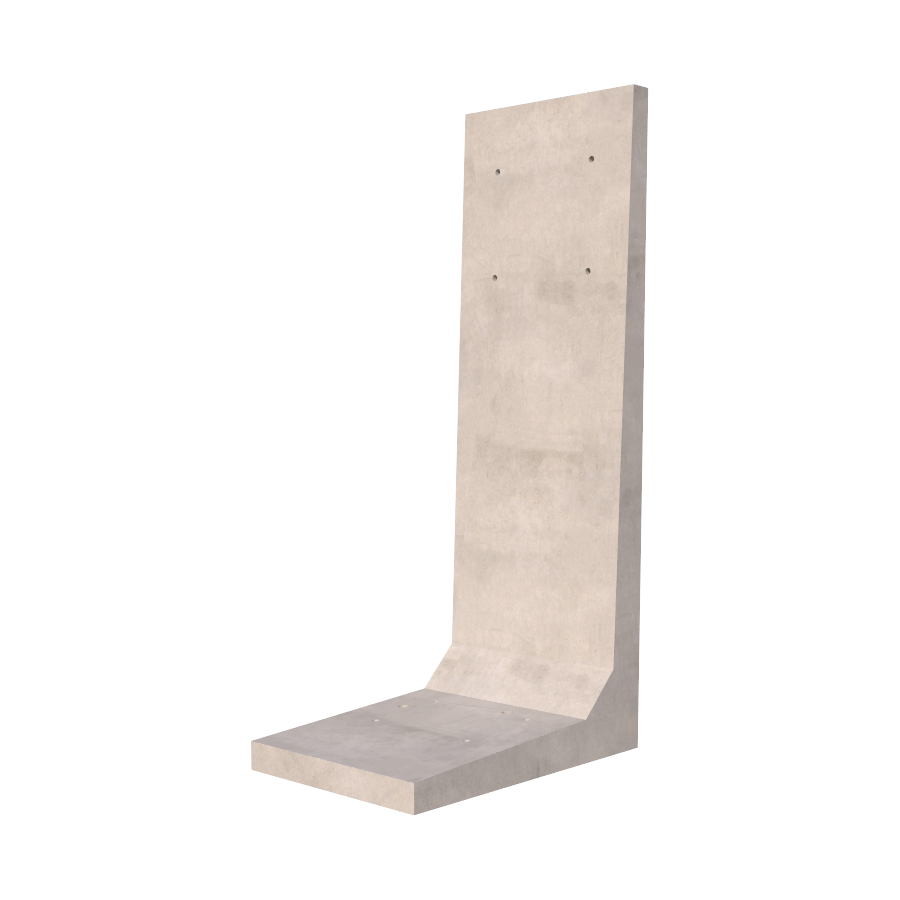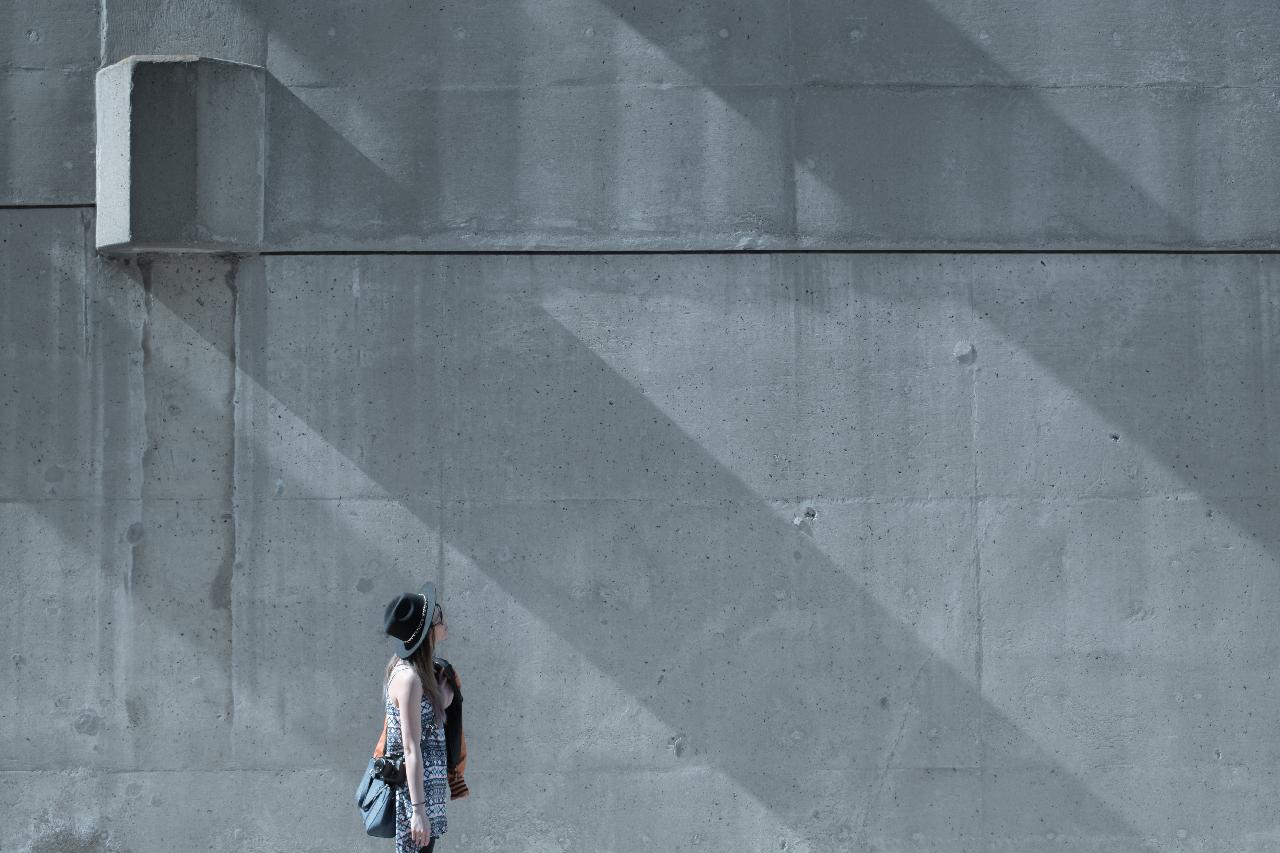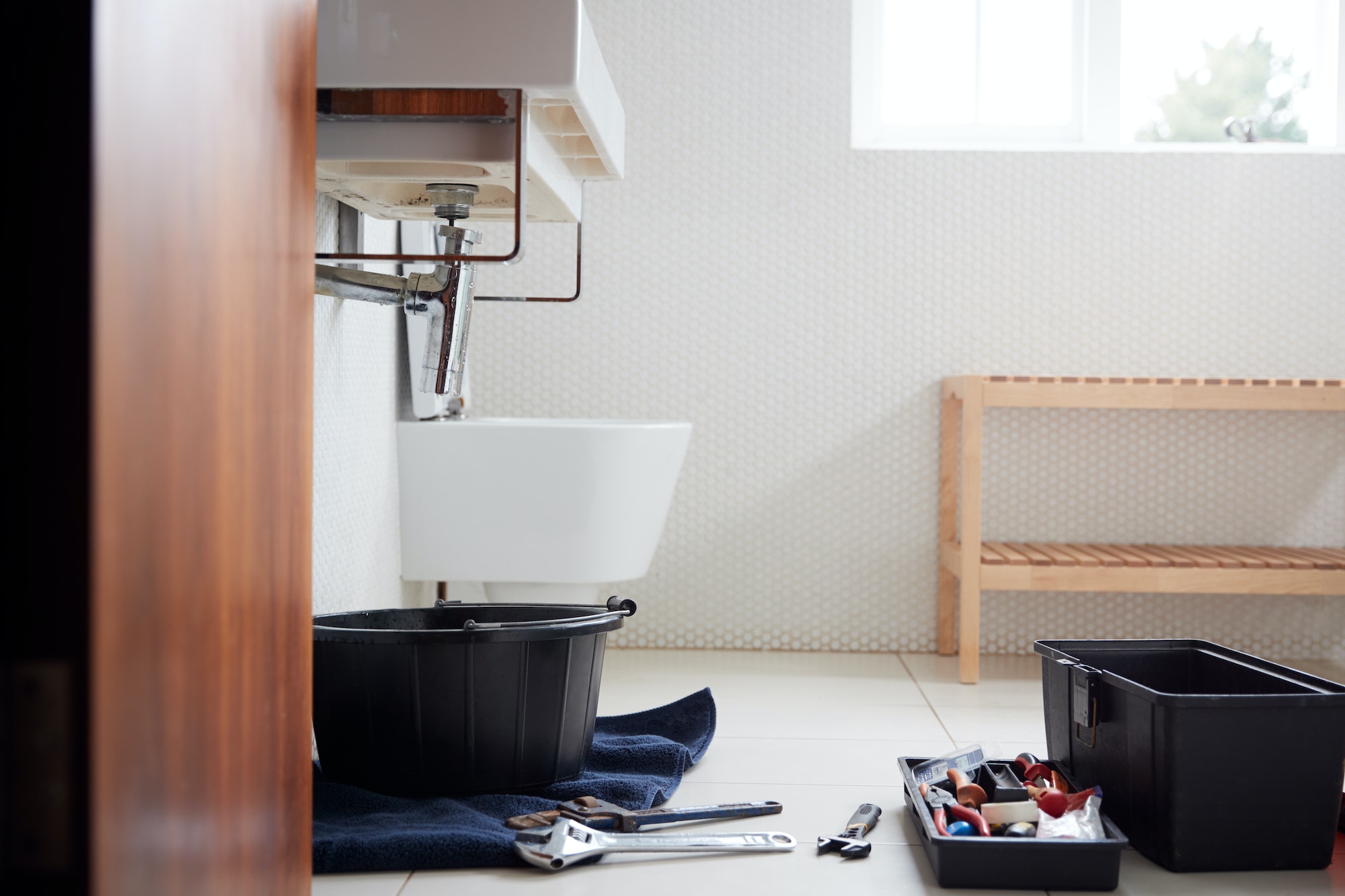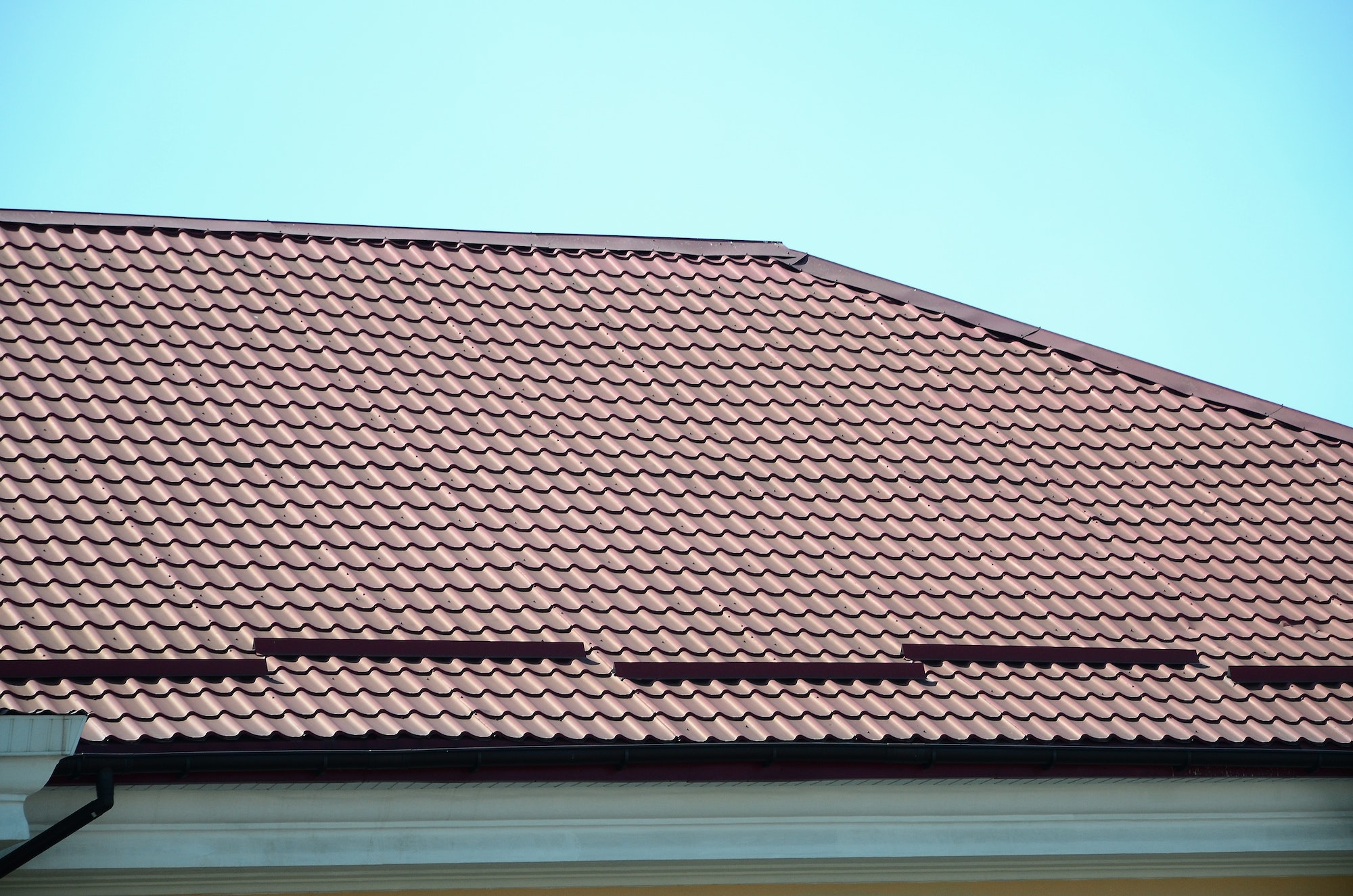Precast concrete has been around for a while, and most of us may not be aware that we see precast concrete structures almost everywhere we turn. The beauty of precast concrete is that manufacturers can prepare and cast it, and once they cast it, they can cure it in a specially controlled facility off-site.
The process involves using molds, which they can also reuse up to 40 times in some cases. With this, precast concrete becomes a more economical alternative to concrete cast on-site, and it’s a safer, more straightforward process of installation as well. In addition, you can join different elements made of precast concrete to form one entire structure, and you can use it for parts and components like walls, columns, beams, pipes, staircases, floors, and tunnels. But what else should you be aware of when it comes to precast concrete? Here’s everything you should know about precast concrete: its applications, advantages, and more.
The applications
Precast concrete, as mentioned, is helpful for various structural system applications because of its durability, budget-friendliness, and strength. You can utilize it to create columns, beams, foundations, flooring slabs, and other structures such as walls. A king post wall made from precast concrete, for example, proves to be a much more feasible and much more robust alternative to concrete walls made on the site. You can also utilize precast concrete as cladding for buildings, and many contractors and builders use it as elements for different structures.

Another common application for precast concrete is as components for various infrastructure works, such as viaducts and bridge spans. Also, precast concrete is useful for water and septic tanks, railway sleepers, drain chambers, floor beams, and water pipes. Since you can essentially mold precast concrete into various shapes, you can create unique forms like sculptures, boats, and the like.
The advantages
You may already know a few of the advantages that come with using precast concrete. Still, since the manufacturing process is in a controlled facility, it is possible to produce a good volume of precast components that are entirely identical. For instance, if you are involved in a housing project, you can use precast concrete to produce floor and wall slabs. You can then lift the slabs into the correct position and connect each slab to the next, and it makes for easier and faster construction.
Precast concrete allows for quicker construction since you can do it right on the ground instead of at a height, and the manufacturers can reuse the moulds repeatedly. You can also make use of special equipment so you can easily move the precast concrete. Precast concrete is also of higher quality and integrity than cast-on concrete because it is made in a climate-controlled facility, eliminating dust, rain, heat, or cold issues. However, with on-site cast concrete, your engineers will still have to build another component once they finish one set, and this takes too much time, especially since it usually takes concrete 28 days to achieve its maximum strength.
The manufacture
Since precast concrete is manufactured in a tightly controlled environment, manufacturers can adequately control the tolerances and minimise waste production. It then results in a more robust and denser product with much higher quality.
Image credit: JPConcrete.co.uk
Discover more from Futurist Architecture
Subscribe to get the latest posts sent to your email.




